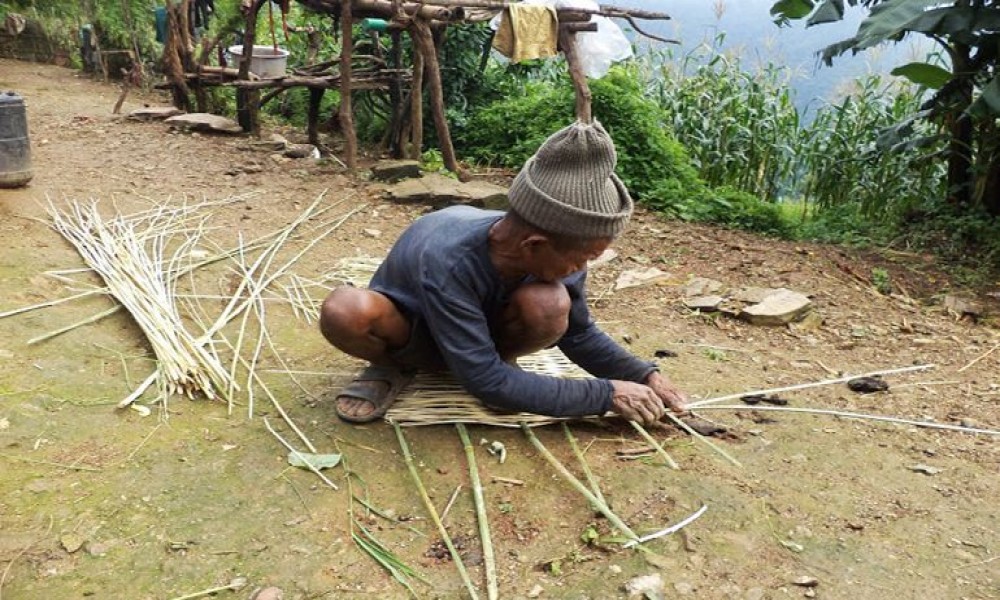International laws, treaties and conventions have recognized Indigenous Peoples' rights over the lands where they have been living for ages. It is like their sovereign rights. They do not own lands as properties like other people. They control and manage lands in a collective way. And lands mean everything to them – from their identity to livelihood.
If lands are snatched away from Indigenous Peoples, their identity and existence will be at risk. This is why international treaties and conventions have always emphasized the relation between Indigenous Peoples and lands.
Land and natural resources
We often fail to see relation between lands and natural resources. For many of us, the land means just the land – the ground where we build our houses and plant crops. But, as per definitions in international treaties and conventions, the land also means water, forest, air, minerals and so on. By the virtue of the rights overt the lands, Indigenous Peoples can enjoy rights over all these natural resources.
Indigenous Peoples not only enjoy rights over natural resources but also manage and preserve them. They are more concerned about natural resources because they cannot live without them. For them, natural resources are everything – their lives and livelihoods. They know if they excessively and haphazardly use – or damage – natural resources, survival of upcoming generations will be much more difficult. So, they use their indigenous knowledge, expertise and skills to preserve natural resources while making a living out of them. If it was not for Indigenous Peoples, much of the world's precious natural resources would have depleted long ago.
In Nepal, Indigenous Peoples are being deprived of their rights over natural resources. Whether it is for hydropower projects or community forests, Indigenous Peoples are always driven out of their ancestral villages.
In Nepal, Indigenous Peoples are being deprived of their rights over natural resources. Whether it is for hydropower projects or community forests, Indigenous Peoples are always driven out of their ancestral villages. For ages, Indigenous Peoples have been burying their dead ones in the forest. But, when a forest is declared to be a community-owned, they can no longer bury their dead ones there. They cannot enter forest to search for roots and bulbs, either. Kumale, an indigenous community that has traditionally made a living off pottery, need to use forest-clay to build pots. But, community forest user groups do not allow them to use forest-clay for making pots.
So, there is a degree of tension and conflict between community forest users and indigenous communities.
Similarly, when dams are constructed or hydropower projects are developed, fishermen find themselves at the receiving end of development works. They are stopped from fishing in the river. International and multi-national companies involved in hydropower projects do not think it is necessary to hear grievances of Indigenous Peoples.
So, such mega development projects do not do anything good for Indigenous Peoples but foreigners make a huge profit out of them. It is the government's responsibility to raise the issue, address problems facing Indigenous Peoples. But, the government is silent about the repercussions of development works on Indigenous Peoples.
when dams are constructed or hydropower projects are developed, fishermen find themselves at the receiving end of development works. They are stopped from fishing in the river. International and multi-national companies involved in hydropower projects do not think it is necessary to hear grievances of Indigenous Peoples.
Sustainable development also means involvement of locals. If Indigenous Peoples are cheated, betrayed, intimidated or affected, it would be against the principles of sustainable development.
Land rights in constitution
Nepal's interim constitution-2007 is progressive in many ways. One of its main progressive features is a separate chapter on women. No constitution had included an exclusive chapter on women in the past. But, even this constitution has no such exclusive chapter on indigenous communities.
So, we want the new constitution is to be more progressive. We want it to have a separate chapter on Indigenous Peoples and their rights. If Indigenous Peoples are lumped together with Dalit, Madhesi, Muslim, Women, backward communities and disabled within the same chapter, it will not address their issue in a right away. A chapter on Indigenous Peoples should define them and their rights over natural resources. Such a chapter will ease the ongoing conflict between indigenous communities and development companies to a greater extent. It will strengthen peace and lead to prosperity.







